Why does Donald Trump want Greenland?
Trump is not the only US president who has tried to gain control of Greenland
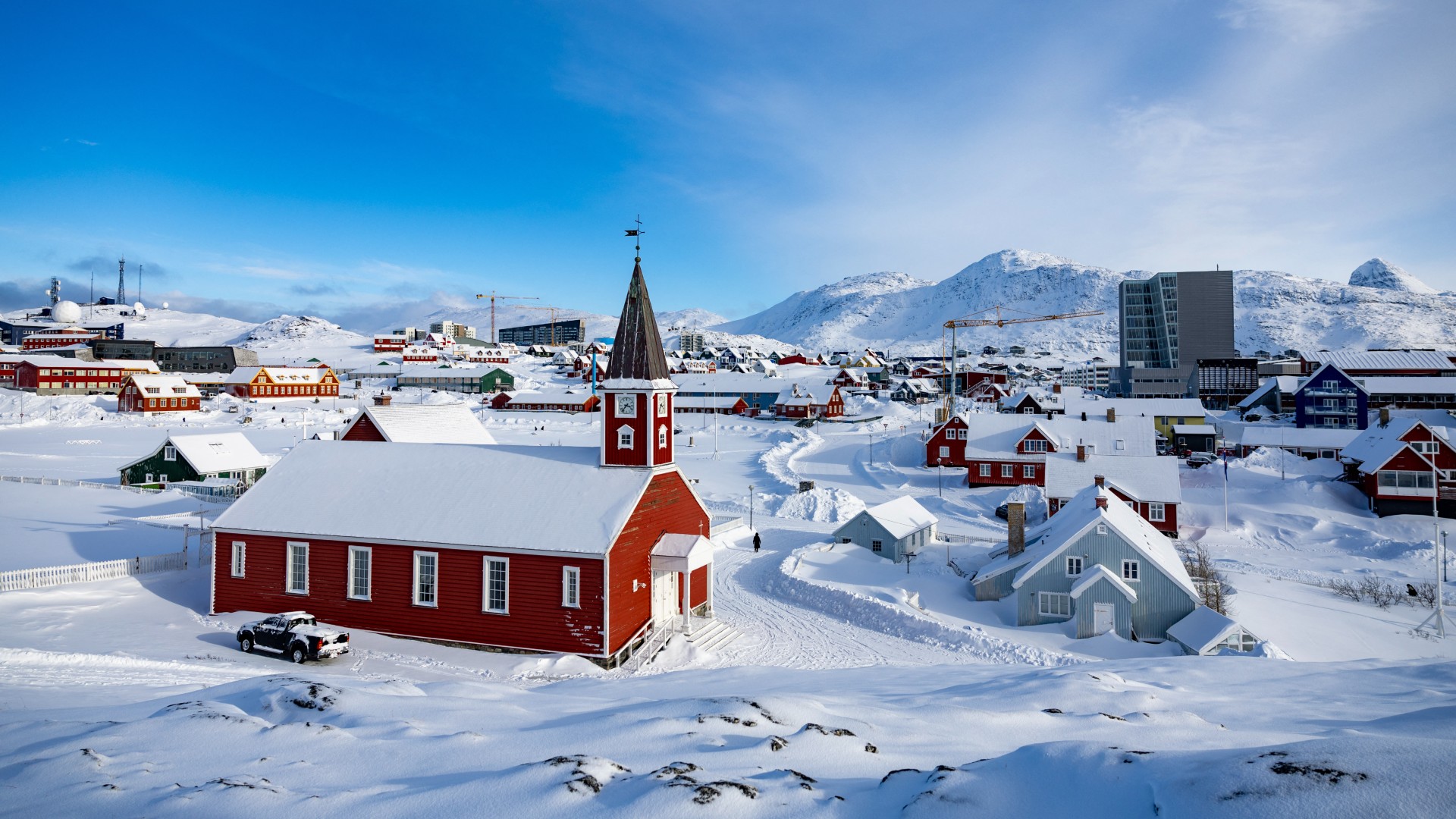
The name Greenland was coined by the Norse explorer Erik the Red. Exiled from Iceland for homicide, he landed there in around 982 and settled there a few years later. He chose the name to encourage other settlers, though it was misleading: the Greenland ice sheet, the world's second-largest body of ice, is more than twice the size of Texas, and covers about 80% of the island.
Conditions were more clement in Erik's time, but not by much: the Norse settlements eventually collapsed in the mid-15th century, predominantly because of a cooling climate. The island had also been settled by Inuit people migrating from North America, the most recent migration beginning around 1100. Today, its population of 57,000, concentrated largely around the capital Nuuk, is nearly 90% Inuit or part-Inuit; the remaining 11% is largely from Denmark, which retains sovereignty over it.
How did Denmark come to own Greenland?
The Danish-Norwegian kingdom claimed it as a colony in the 1700s, and Denmark took full ownership in 1814, when the kingdoms split after the Napoleonic wars. After WWII, during which it was a de facto protectorate of the US, Greenland ceased to be a colony, becoming a province of Denmark in 1953. Danish became the national language, and the population was "Danized": encouraged to abandon their subsistence lifestyle, and to live in modern homes built by the state. Danish officials regarded this as a philanthropic attempt to modernise Greenland, but they left a legacy of grievance. Some Greenlanders were forcibly relocated; so-called "experiment children" were sent to be fostered in Denmark to see if they could be turned into "little Danes". In 2017, reports emerged that healthcare workers in the 1960s and 1970s fitted about 4,500 Inuit women and girls with IUDs, in a secretive attempt to reduce births out of wedlock.
The Week
Escape your echo chamber. Get the facts behind the news, plus analysis from multiple perspectives.

Sign up for The Week's Free Newsletters
From our morning news briefing to a weekly Good News Newsletter, get the best of The Week delivered directly to your inbox.
From our morning news briefing to a weekly Good News Newsletter, get the best of The Week delivered directly to your inbox.
What is Greenland's political situation today?
In 1979, Greenlanders voted for home rule, not least because they wanted to withdraw from the EEC, which was encroaching on fishing rights; Greenland withdrew in 1985. Following a referendum in 2008, it assumed self-governance on all domestic matters. Today, Greenland defers to Copenhagen only in foreign policy and defence, though Denmark retains a percentage of mineral exports. Even so, polls suggest about 84% of Greenlanders support independence, along with four of the five major political parties. Greenland could hold a referendum at any time, but has not done so. It is heavily financially dependent on Denmark: the "block grant" subsidy was last year worth £480 million, making up about two-thirds of all state spending.
Where does the US come in?
America has tried in the past to gain control of Greenland. It considered a bid for ownership in 1867, following the acquisition of Alaska from Russia. In 1910, a proposal was made involving swapping land in the Philippines, but no agreement was reached. In 1941, the Danish ambassador to Washington (Denmark itself was Nazi- occupied) authorised the US military to build an outpost. Weather forecasting stations, as well as mines extracting the mineral cryolite (indispensable for aircraft production) were also established. After the War, the US government offered to buy Greenland from Denmark for $100 million, but was rebuffed. During the Cold War, Greenland's position between Russia and the US became strategically important, and a 1951 treaty allowed the US to keep military bases on the island. In 1953, the Thule Air Base (now Pituffik Space Base) was built as the US's northernmost military outpost.
Why does Trump want Greenland?
He says it would be "strategically nice". The island lies on or near the likely ballistic missile routes from Russia to the US; America relies on missile-tracking facilities there. In a world war, controlling the so called "Greenland-Iceland-UK Gap" in the North Atlantic would be crucial. For now, Russia is the primary Arctic power, while China also has "near-Arctic" ambitions. In addition, Trump says the US needs Greenland for "economic security". Some think that, as the ice thins in the Arctic, new shipping routes will open up. He is known, too, to be much concerned with mineral resources, and Greenland is rich in uranium, and rare earth minerals used in green tech. However, there are real doubts about how practical any of this is. Mining in the Arctic is hard; various Chinese projects in Greenland have been abandoned. Besides, Denmark and Greenland have always facilitated the US's military and commercial objectives. One big draw for Trump may be that Greenland is so large – the world's biggest island, more than 836,000 square miles – and thus an exciting piece of "real estate".
What is the Danish response?
Trump's first attempt to buy it was in his first term. Both Denmark and the Greenlandic government rejected the 2019 proposal, saying: "Greenland is not for sale." Copenhagen has retained that position, in the face of somewhat ominous statements from Trump; there was a reportedly fiery phone call between him and the Danish PM Mette Frederiksen in January. He has refused to rule out military action. "I think we're going to get it one way or another," the president said in his speech to Congress earlier this month.
A free daily email with the biggest news stories of the day – and the best features from TheWeek.com
What do Greenlanders think?
After elections this month, the five main parties united to describe Trump's aim of annexing Greenland as "unacceptable"; polls suggest 85% of its people agree. Jens Frederik Nielsen, leader of the centre-right Democrats (the biggest party) and the likely next PM, said: "We don't want to be Americans. No, we don't want to be Danes. We want to be Greenlanders." The Democrats' goal is to make Greenland more self-sufficient, and only then to seek independence. That could mean deeper economic ties with the US.
Life in the far north
Greenland is the most sparsely populated territory on Earth. All of the largest settlements are on the coast, and there are few roads inland. Each year, it enjoys perpetual daylight for around two months, and perpetual night for almost three months. In winter, the capital Nuuk in the south sees average temperatures of only –8C, because it is warmed by the Gulf Stream. By contrast, in the north, average temperatures are around –18C. In central Greenland, temperatures nearing –70C have been recorded. In summer, temperatures seldom reach above 10C; this is too cold to sustain trees, so the land is largely a treeless tundra. Agriculture is only possible in the sheltered fjords in the south of the country, where people keep some livestock and grow vegetables. Greenland has a super-charged version of the Nordic welfare model; the state employs about 40% of the workforce (compared with about 18% in the UK). Fishing is the biggest industry, employing some 4,300. Only one mine is now in operation, in western Greenland; mining in the far north is difficult due to weather and shipping conditions, and the lack of local workers. Alcoholism is prevalent; the WHO describes it as "a long-running public health challenge".
-
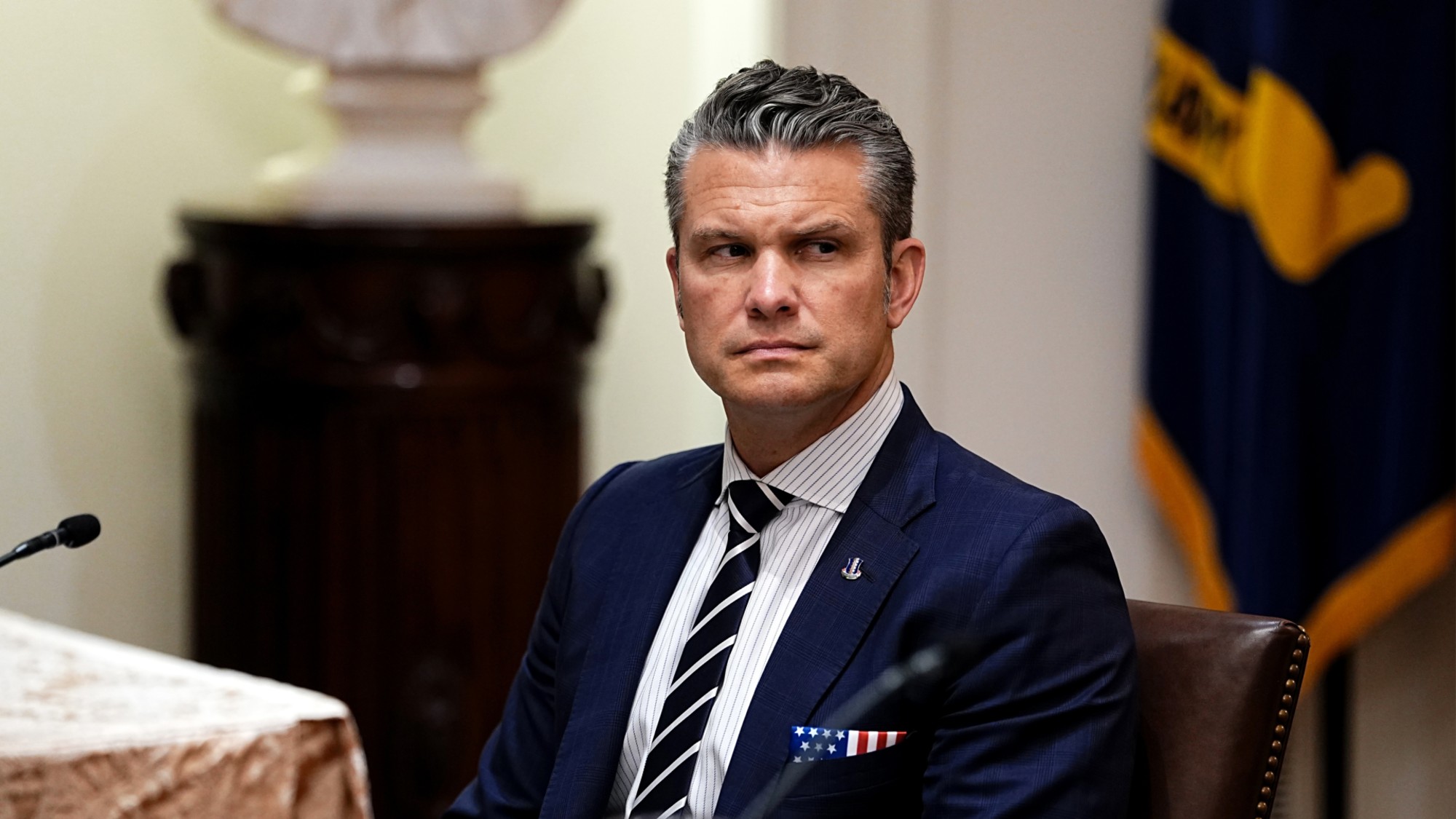 ‘It’s critical that Congress get involved’
‘It’s critical that Congress get involved’Instant Opinion Opinion, comment and editorials of the day
-
 Appeals court disqualifies US Attorney Alina Habba
Appeals court disqualifies US Attorney Alina HabbaSpeed Read The former personal attorney to President Donald Trump has been unlawfully serving as US attorney for New Jersey, the ruling says
-
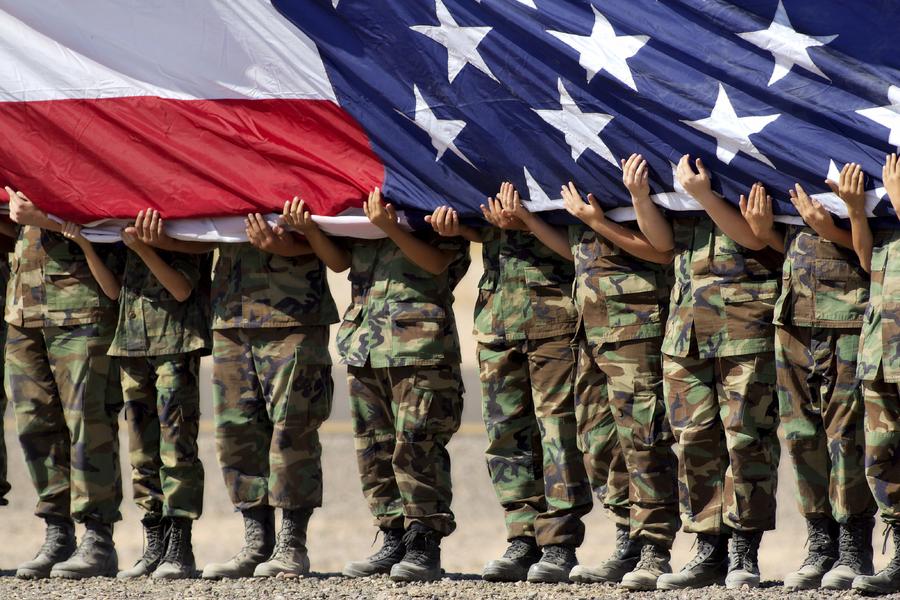 The military: When is an order illegal?
The military: When is an order illegal?Feature Trump is making the military’s ‘most senior leaders complicit in his unlawful acts’
-
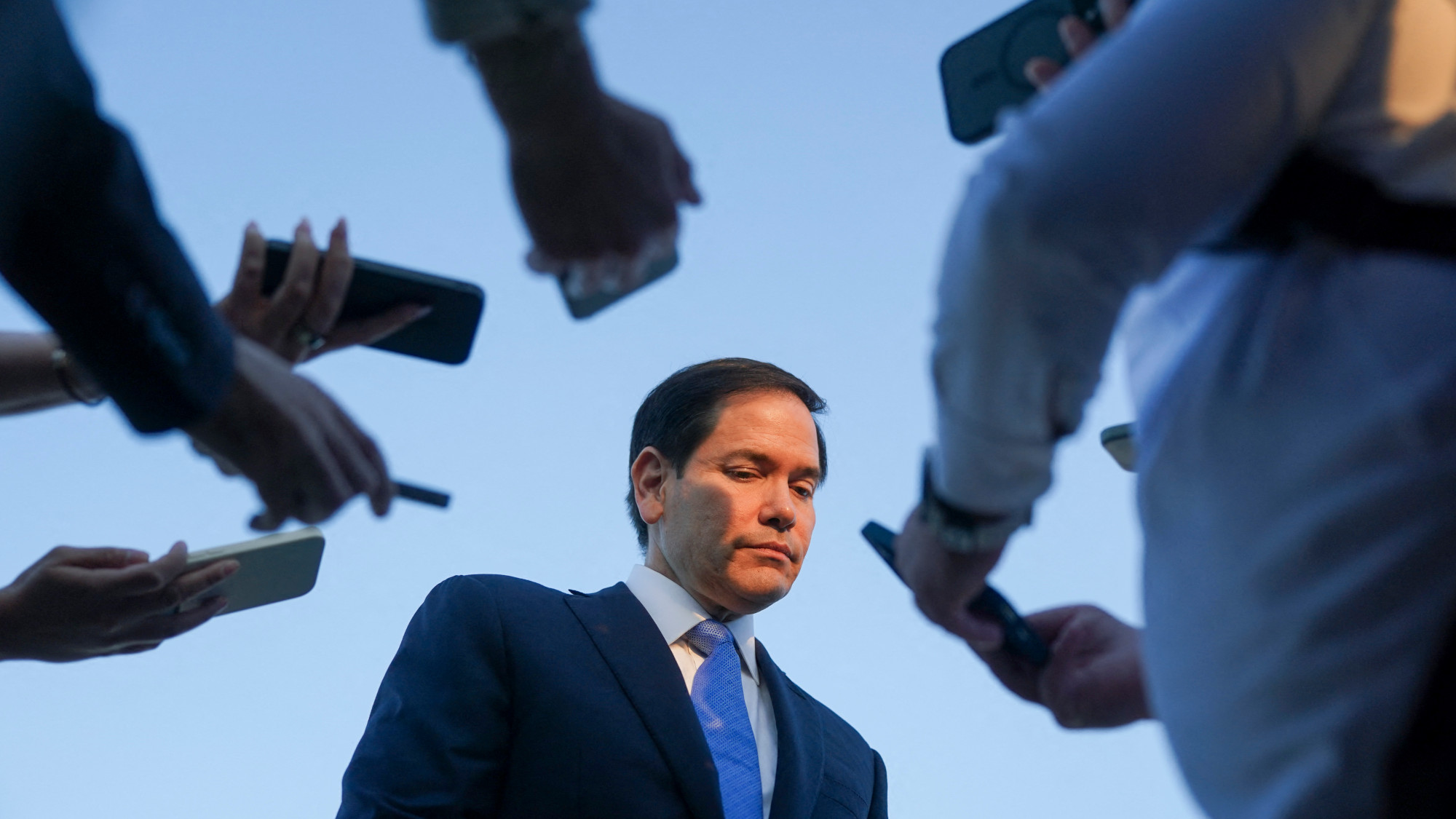 Ukraine and Rubio rewrite Russia’s peace plan
Ukraine and Rubio rewrite Russia’s peace planFeature The only explanation for this confusing series of events is that ‘rival factions’ within the White House fought over the peace plan ‘and made a mess of it’
-
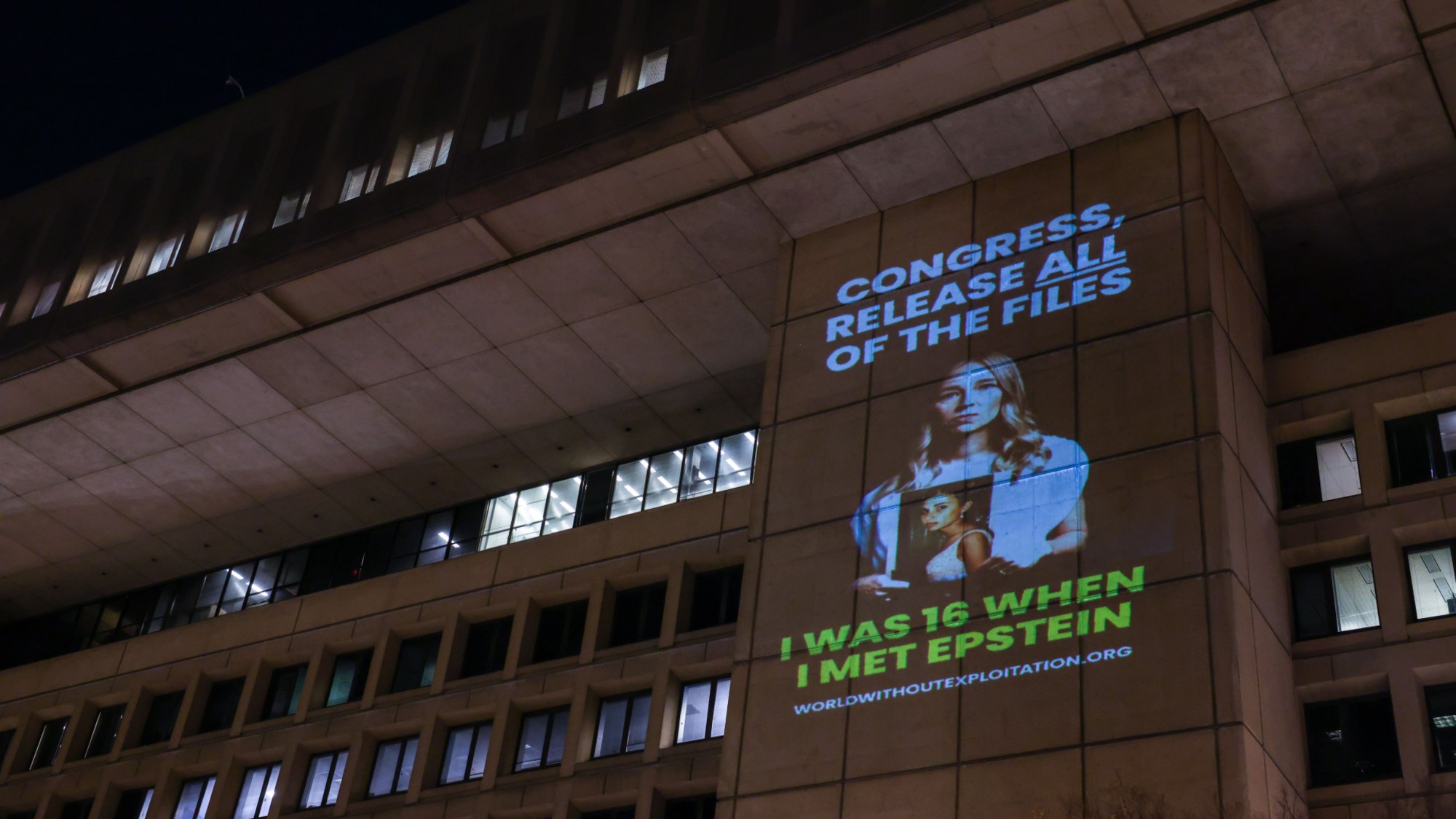 The powerful names in the Epstein emails
The powerful names in the Epstein emailsIn Depth People from a former Harvard president to a noted linguist were mentioned
-
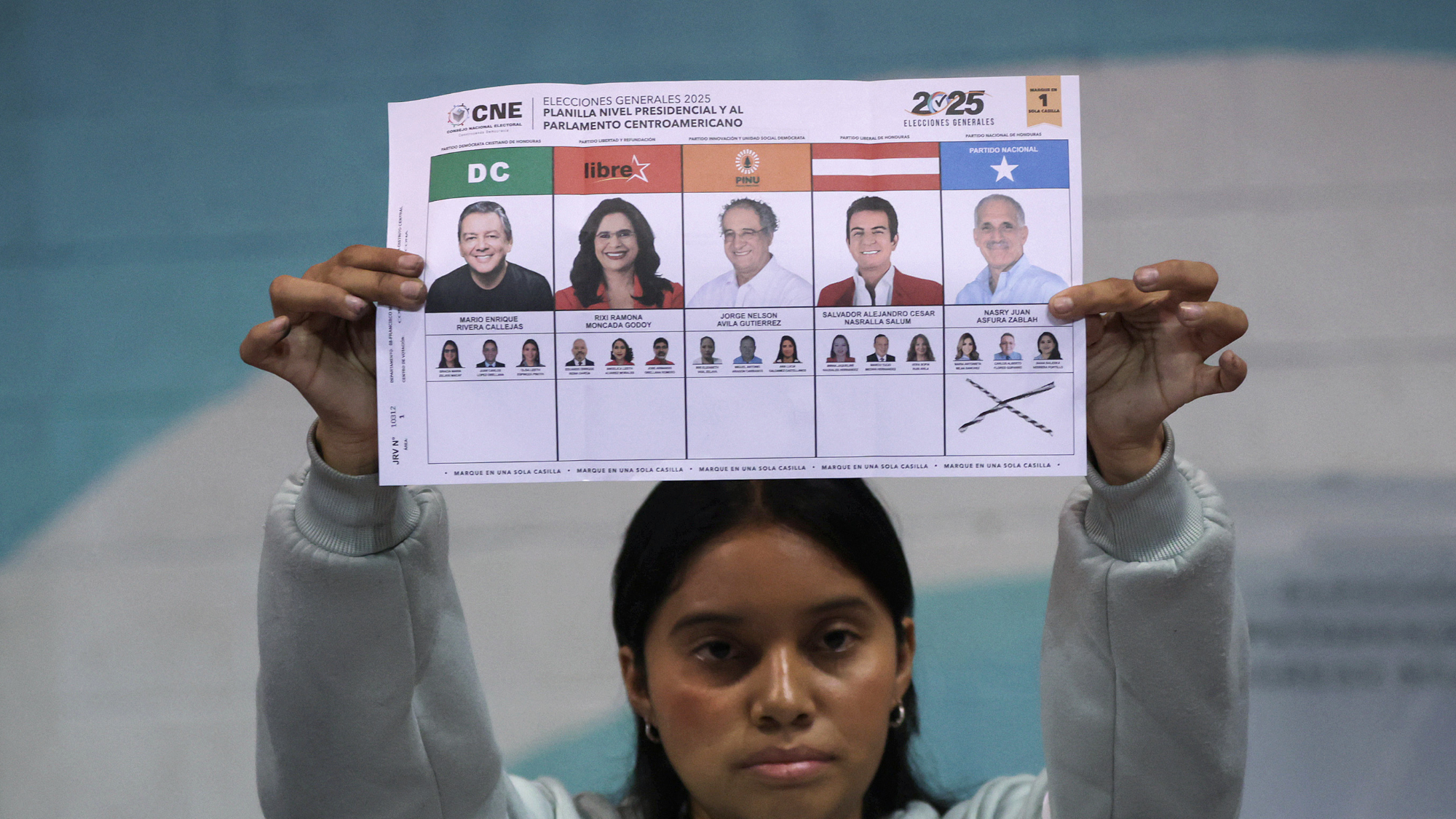 Honduras votes amid Trump push, pardon vow
Honduras votes amid Trump push, pardon vowspeed read President Trump said he will pardon former Honduran president Juan Orlando Hernández, who is serving 45 years for drug trafficking
-
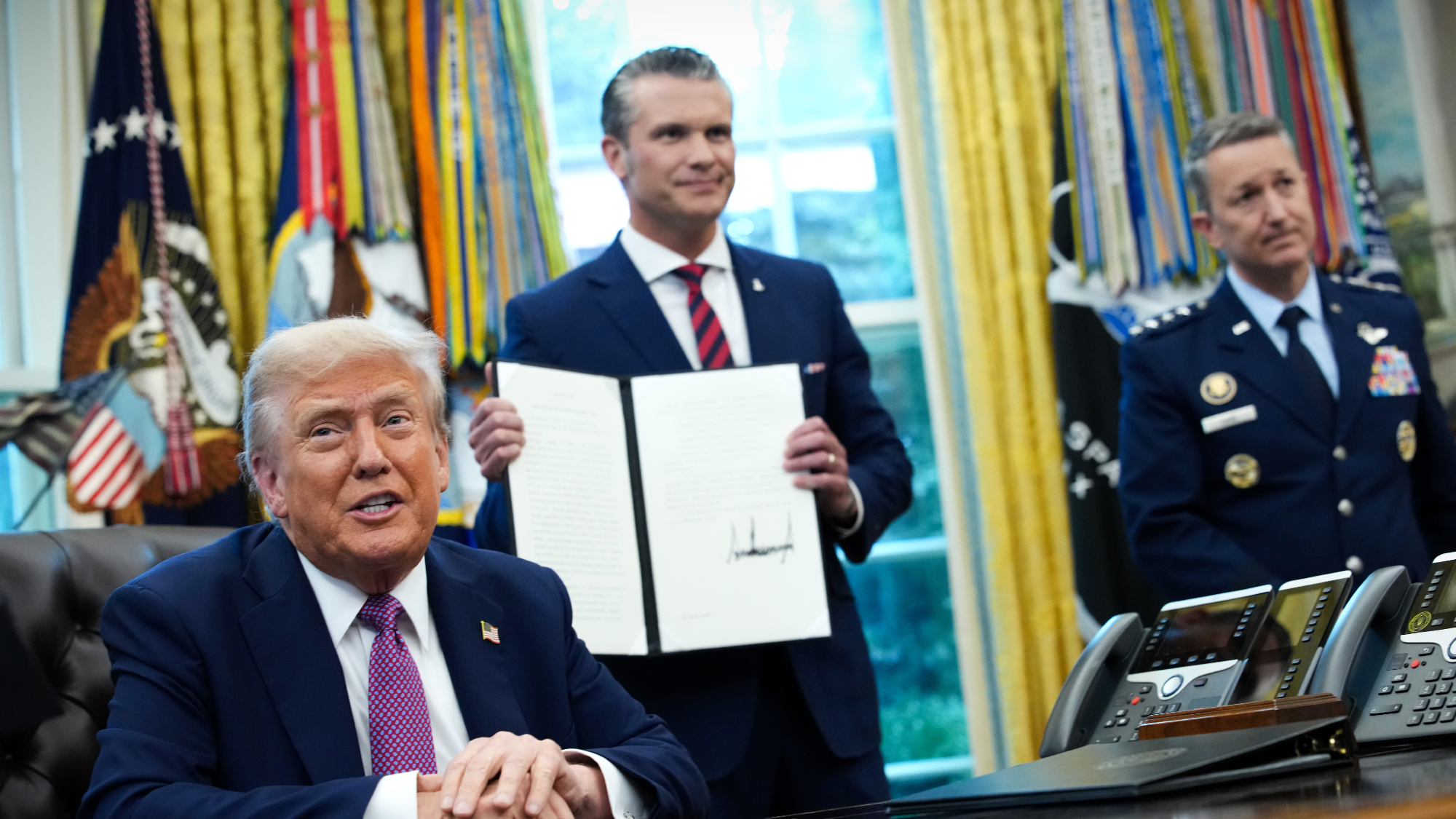 Congress seeks answers in ‘kill everybody’ strike report
Congress seeks answers in ‘kill everybody’ strike reportSpeed Read Lawmakers suggest the Trump administration’s follow-up boat strike may be a war crime
-
 Andriy Yermak: how weak is Zelenskyy without his right-hand man?
Andriy Yermak: how weak is Zelenskyy without his right-hand man?Today's Big Question Resignation of Ukrainian president’s closest ally marks his ‘most politically perilous moment yet’


